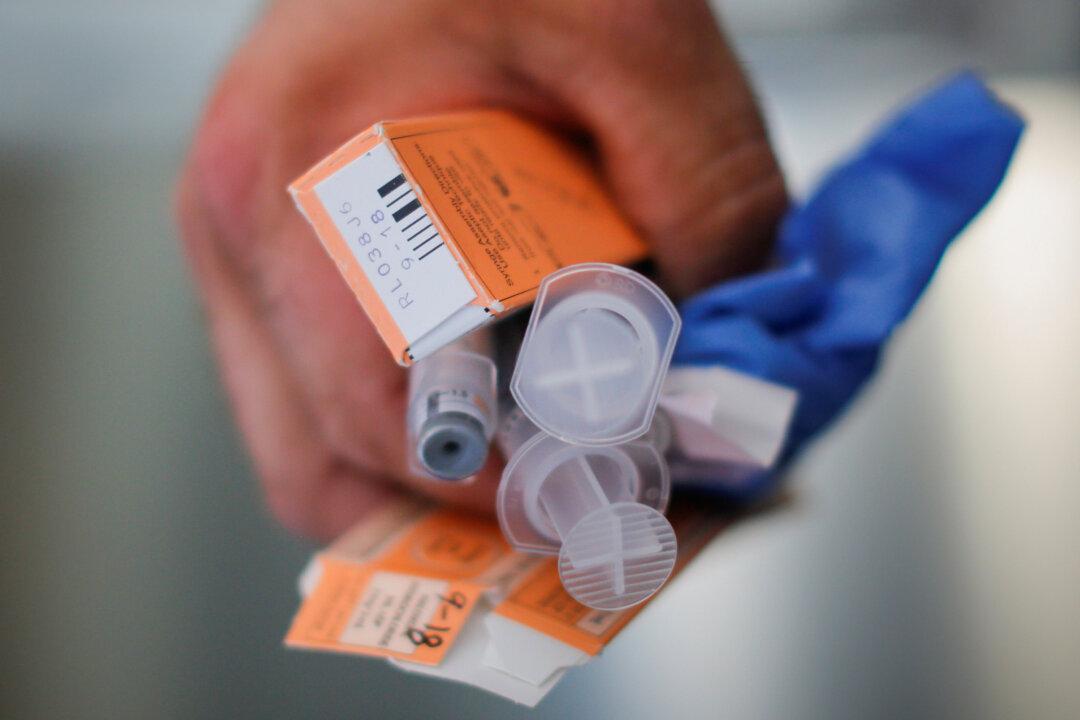For the first time in history, accidental opioid overdose has surpassed motor vehicle accidents as the leading cause of unintentional deaths, according to a new report by the National Safety Council (NSC).
Americans have a 1 in 96 chance of dying from an opioid overdose, while the probability of dying in a motor vehicle accident is 1 in 103. The council’s analysis is based on 2017 mortality data by the National Center for Health Statistics, which is part of the Centers for Disease Control and Prevention (CDC).




